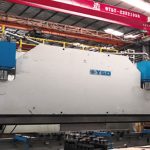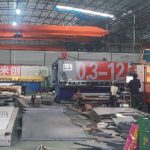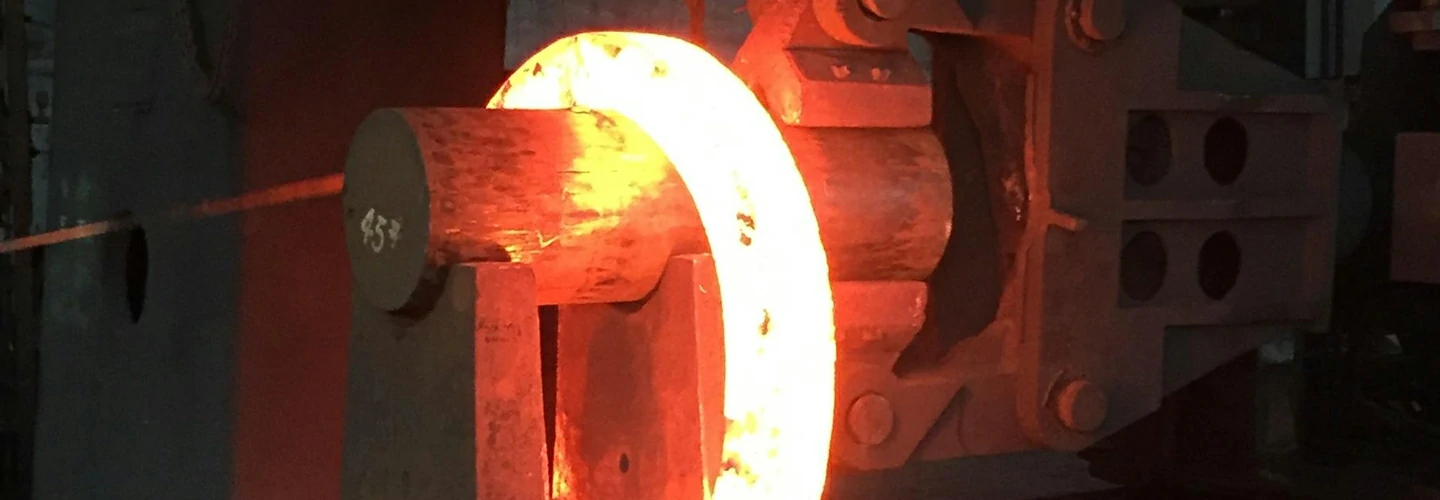
Drop Forging – Drop Hammer Forged
Perhaps you have ever seen a blacksmith hammer a red-roasted iron block, which is the simplest form of forging. Blacksmithing, the hammering of a hot piece of metal, has been practiced by blacksmiths for centuries. Experimenting with the new process, blacksmiths found that by hammering metal into a mold, it was possible to create objects of all sorts of intricate shapes. The shape of the final product depends on the shape of the mold. Instead of hammering metal blocks by hand, modern manufacturers use drop or electric hammers. Usually, they put molds on both sides of the metal piece. This process is drop hammer forging.
Today, manufacturers use many different processes to forge metals. The four most common of these are:
- Drop hammer forging – hammering hot metal into a die.
- Stamping – The use of hydraulic pressure to press hot metal into a die instead of hitting it with a hammer.
- Roll Forging – High temperature metal is pressed in two rows of rolls.
- Cold forging – Smaller pieces of metal can be pressed into a die without much preheating.
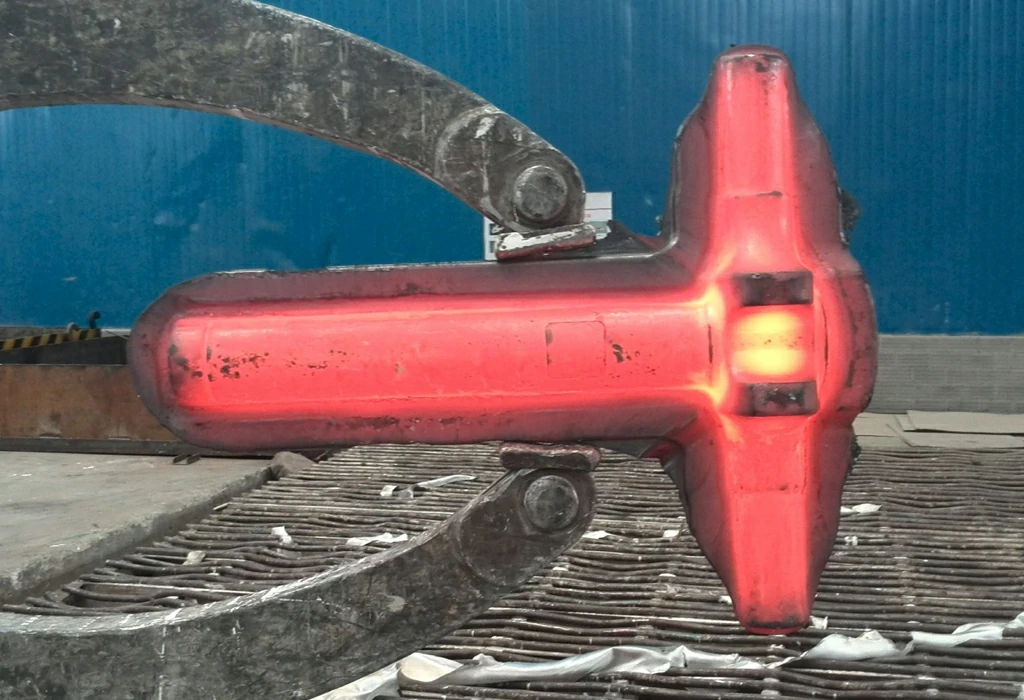
The reason a manufacturer will tell you that a tool is drop forged is to let you know how strong and durable the tool is. There are two other methods of making tools, one is casting from molten metal, and the other is machining (cutting off excess material) from a larger block of metal.Today, manufacturers use many different processes to forge metals. The four most common of these are:
- Drop hammer forging – hammering hot metal into a die.
- Stamping – The use of hydraulic pressure to press hot metal into a die instead of hitting it with a hammer.
- Roll Forging – High temperature metal is pressed in two rows of rolls.
- Cold forging – Smaller pieces of metal can be pressed into a die without much preheating.
The advantage of forging is that it increases the strength of the metal by straightening and stretching the metal grain structure. Forged parts are generally stronger than cast and machined parts.In fact, drop forging is a highly sophisticated branch of forging adapted to the needs of industrial production. Drop forging is characterized by the use of forming tools, i.e. dies, as well as machines that exert high forces and at the same time enable precise guidance of the tools. All metals that can be formed after heating, such as steel, magnesium, aluminum, stainless steel as well as brass, copper and their alloys, are suitable for drop forging.In principle, drop forging is the most widely used forging method. It is used, for example, to manufacture planes, ships or car parts as well as in the design of various industrial products. In addition to cold, hot and flat forging presses, drop forging hammers are also used for this purpose.
Pintejin are the closed die drop forging experts and one of the leading drop-forged component producers in the china.Our recent plant upgrade and expansion means we have the most modern metal drop forging facility in the China. Capabilities include bar grinding and drilling, heat treating, trepanning, rough and finish machining and saw cutting. Castings, tubes and bars, plates, pipes, flanges, fittings, shafts, sheets and welding rods are also available.We currently have a total of 5 power and drop hammers with a power rating ranging from 350Kg to 5 Tonne.We have the ability to forge in a wide range of ferrous and non-ferrous materials ranging from standard carbon & alloys steels, duplex, super duplex, nickel superalloys, and other non-ferrous alloys.
What is Drop Forging
Drop hammer forging is a metalworking process that gradually shapes a heated piece of metal, called an ingot. It involves hitting the ingot repeatedly with a hammer or die, then lifting it up, then falling on the part, flattening it or pressing it into the die. Depending on the complexity of the part design, the process sometimes requires the use of multiple dies.
The drop forging process usually produces a close approximation to the finished part, but often requires additional machining to keep it within tolerance. Drop forging is widely used in the automotive industry to produce a variety of engine parts. Dies and dies, often referred to as wear-resistant steels, are used to forge gears and gears, which typically withstand thousands of rapid heating and cooling cycles.Drop forging dies are usually divided into two halves. The upper part, called the hammer, is attached to the block that lifts and falls on the ingot. The lower part, called the anvil, is usually a fixed die from which the ingot is forged.
Open die forging is done with a die that does not completely surround the workpiece. Dies are usually flat, although contour dies or cutting dies can also be used. The open design allows the ingot to expand when hammered to the desired thickness. Techniques commonly associated with open die forging include cogging and edge banding. Cogging is the process of gradually flattening the length of a bar or ingot. This process is used to achieve the desired thickness before edging. Edging is usually done with a die. This technique centralizes the shaping of material along the sides and ends of the forging for uniform edges and proper width Die forging, sometimes called closed die forging, uses a die forging. When the hammer lands on the workpiece, the molten iron is forced into the mold cavity to form the final shape of the part. When the metal is forced to be consistent with the die, the excess material is called flash. A common closed die forging is called closed die forging.
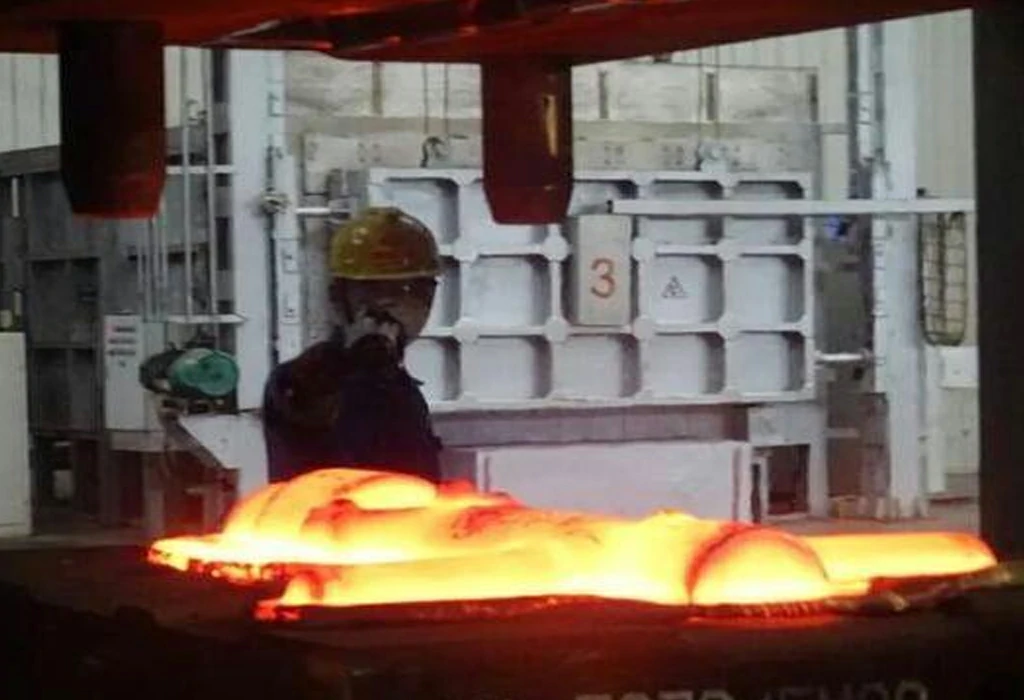
Since the workpiece is completely closed by the die, it is also called closed die forging to prevent flying. edge formation. Many manufacturers prefer flashless forging because the flash produced by die forging accounts for almost half of the original ingot.
With custom-machined dies and a cost-effective forging process that reduces post-processing, Our forging company strives to produce products that not only last longer but are engineered for maximum strength and quality. Contact us today for more details.

